
A Practical Guide to Screed Testing: What Do the Experts Say?

A Practical Guide to Screed Testing: What Do the Experts Say?
Blog
The Screed Scientist has an Apprentice!
If you have joined our gang on the Screed Scientist website to learn a thing or two about screeding, well consider yourself lucky in that you might actually know more than our latest recruit ‘The Screed Apprentice’ It occurred to
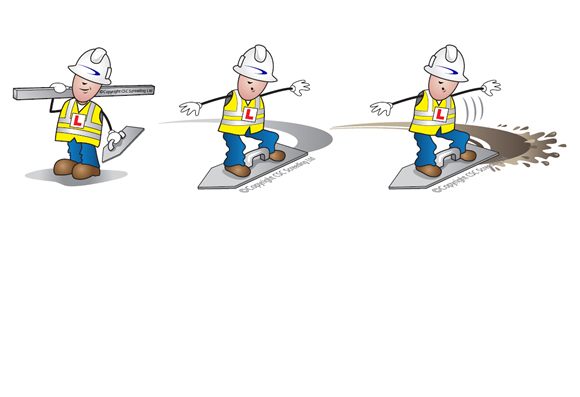
Screed Protection Considerations
Protection to levelling floor screeds should be carried out as soon as possible after installation. This is especially true on large construction sites with where many tradespeople are potentially competing to access the available work areas. The expected traffic type
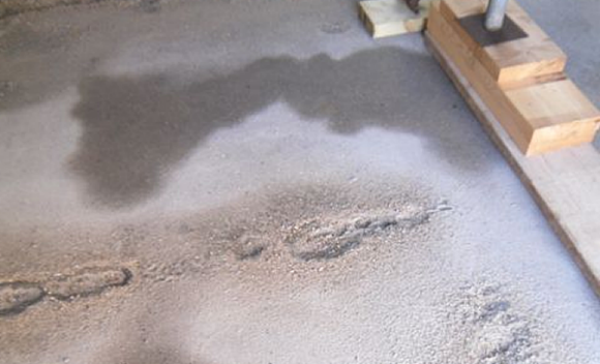
Wearing (Granolithic) Screed, what is it and where best to use it.
Wearing screeds, widely known by the former name of granolithic screeds, are high-density toppings suitable for application to green or hard concrete slabs. Offering characteristics desirable for areas likely to be subjected to severe wear and heavy traffic, these toppings

Screed Scientist Christmas 2015
MIND = Make It No Danger It is that wonderful time of the year again. Playful snowflakes, the smell of pine from the Christmas tree, the festive spice of cinnamon, the suave flavour of oranges, stockings hung by the chimney…Yes,
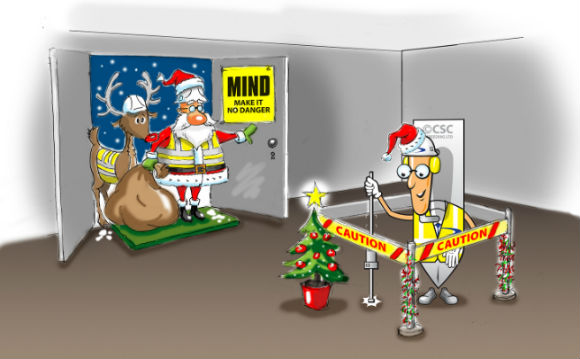
Screed Reinforcement – What’s the Crack
Shrinking, curling and cracking can lead to problems with flooring. Using reinforcement may reduce their impact and lend greater strength to the floor. Before we begin with this blog post, we need to be clear that there are many products,
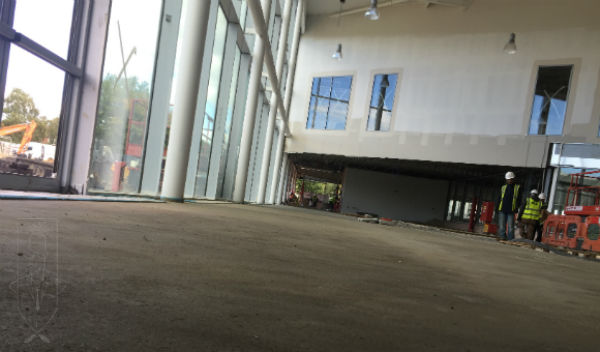
Relative Humidity – Do You Know What it Means for your Screed?
At first glance, relative humidity (RH) is a quite confusing topic. Since people use different terms such as moisture, vapour, water content, relative humidity, absolute humidity, actual humidity, specific humidity or just humidity to indicate how moist the air is,
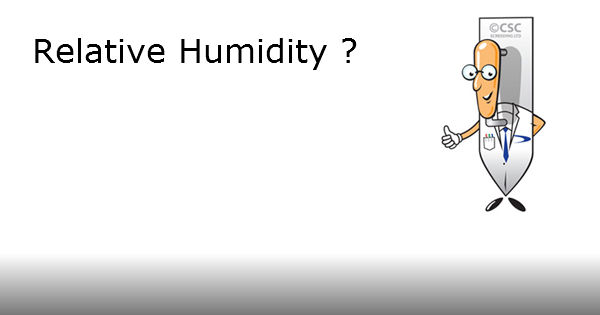
Tiling onto Cracked Screed – Addressing Underlying Causes of Tile Floor Failure
Do you need to lay or are you worried about large format tiles placed directly over cracked screeds? Have you heard about crack inducement joints? Read on. Not dealing correctly with cracked screeds is one of the main causes of
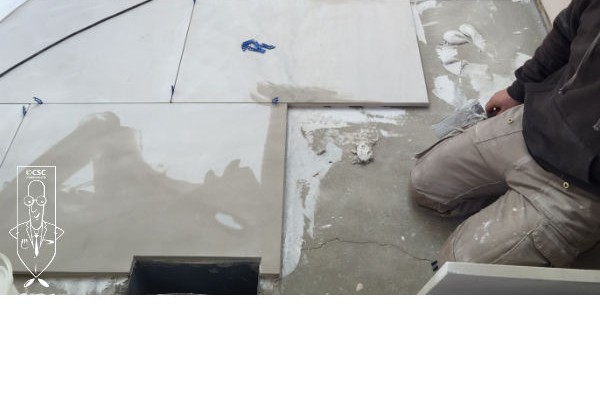
Our 5 Most Popular Pages This Month
The Screed Scientist website is great for expanding your screeding knowledge. And this month nearly 6000 visitors used it to help them with their projects. Some of our most popular articles have been related to Underfloor heating with many of
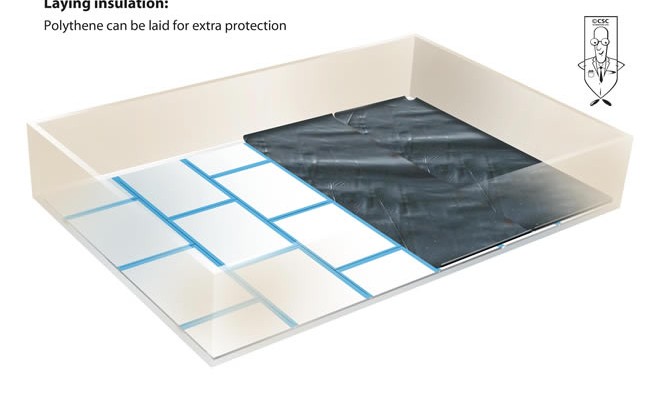
What affects screed drying time?
All screed mixes contain more water in them than what is required to hydrate the cement. Just about 40-50% of the water added to a screed mix is used to hydrate the cement, whilst the remaining 50-60% takes up the
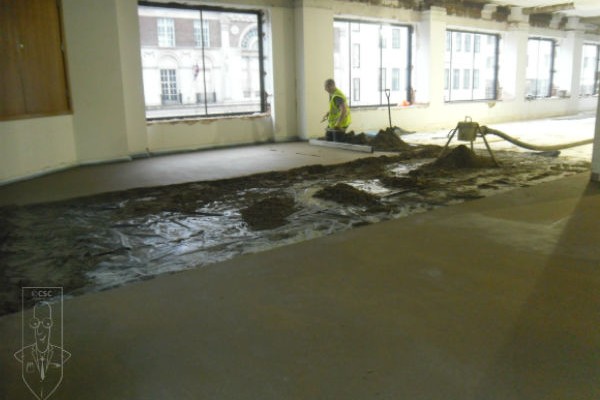
Preventing sulphate attacks on anhydrite screeds
Anhydrite/gypsum based screeds are popular for their free-flowing and self-levelling properties as well as ease of installation. They differ from traditional screeds in that they use a calcium sulphate binder instead of Portland cement in the screed mix. The calcium
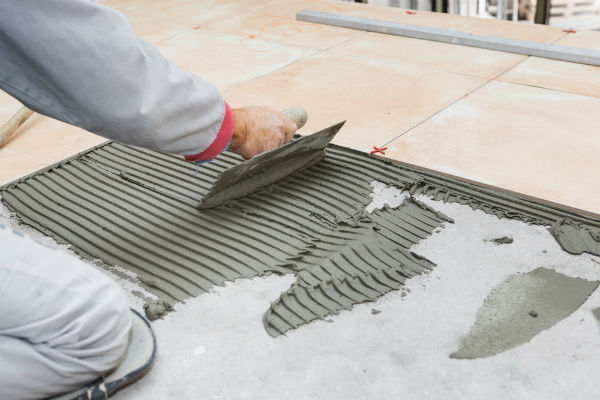
- [contact-form-7 id="2122" title="Call Me Back"]
Categories
Archives
- December 2019
- October 2016
- January 2016
- December 2015
- November 2015
- October 2015
- September 2015
- August 2015
- July 2015
- May 2015
- April 2015
- January 2015
- December 2014
- November 2014
- October 2014
- July 2014
- June 2014
- May 2014
- March 2014
- December 2013
- November 2013
- September 2013
- August 2013
- July 2013
- June 2013
- May 2013
- April 2013
- February 2013
- December 2012
- May 2012
- October 2011
- September 2011
- August 2011
- June 2011
- May 2011
- April 2011
- December 2010
Search
Tags
aggregate anhydrite bonded cement Checklist for screeding supervision concrete crack crack inducement joint Departure from Datum Emergency stop procedure epoxy resin FlexiDry floor floor insulation Floor Screed floor screeding large Large format Moisture Test polythene DPM relative humidity rigid insulation screed screed care screed failure screeding screeding industry screeding tips screed laying Screed mix screed pipe screed protection screed pump screeds Screed Scientist screed system screed testing Surface Regularity temperature tiles tomorrows flooring ufh unbonded screed underfloor heating washing the screed pumpPolls
 Loading ...
Loading ...Polls
 Loading ...
Loading ...
Poll
 Loading ...
Loading ...
Floor Screeding
Subscribe to The Screed Scientist® newsletter for:
- tips
- advice
- competitions
- guidance from the "real" ScreedScientist
The Screed Scientist
- The Screed Scientist has an Apprentice!
- Screed Protection Considerations
- Wearing (Granolithic) Screed, what is it and where best to use it.
- Screed Scientist Christmas 2015
- Screed Reinforcement – What’s the Crack
- Relative Humidity – Do You Know What it Means for your Screed?
- Our 5 Most Popular Pages This Month
Contact us




